Large lithium mining companies have significantly expanded in recent years to meet the rising demand for rechargeable batteries, such as those used in renewable energy sources like electric vehicles (EV) and consumer devices.
Most of these companies supply lithium carbonate and lithium hydroxide, both of which are used in various industries.
- Lithium carbonate is a highly versatile compound needed in different industries, including glass, electronics, and ceramic. It works perfectly as a cathode material in batteries because of its high electrochemical potential.
- Lithium hydroxide is used in making lubricating greases, which perform well under extreme temperatures and loads. Today, more than 70% of lubricating greases consist of lithium.
In short, lithium is used in everything from batteries to medicine, and its versatility makes it a valuable resource. Lithium-ion batteries, which are used widely in mobile phones and EVs, are the most widely recognized application of this element.
Why Is the Demand for Lithium Growing?
Interestingly, the production of batteries is anticipated to increase in the coming years. It is likely to happen with electric vehicles becoming more widespread in important economies striving to decarbonize. In fact, researchers predict that global demand for batteries will more than double by 2024, and that is where lithium comes into the picture.
While Tesla, the forerunner in electric vehicles, has been instrumental in promoting the use of Li-ion batteries, the entire ecosystem of lithium mining corporations and battery makers has also made significant contributions to the transition from gasoline to electricity. At the very top are the companies responsible for mining the earth for lithium.
Because of these companies, lithium output increased dramatically from 28,100 tons in 2010 to over 100,000 tons in 2021. As a result, experts projected that there would be more than 21 million tons of known reserves across the globe in 2022.
Who are the Largest Players in the Lithium Game?
The interesting thing about the lithium mining sector is that there is no longer an oligopoly of the “Big Three” companies, namely FMC, SQM, and Albemarle. While they are still among the largest producers of lithium, China has also entered the fray. In fact, it became the third largest lithium producer in 2021, behind Chile and Australia.
Analysts found that despite being the world leader in lithium processing and refining in 2020, China held only about 12% of the world’s lithium raw material supply. Moreover, Li-ion battery output is predicted to skyrocket in the following years, and China will be a major driver of this trend.
So, if you are interested in investing in lithium stock, you should not limit yourself to NY-listed chemical companies but also keep an eye on Chinese producers. Here is an overview of the 10 largest lithium companies to better understand where they stand in terms of market cap and revenue.
10. Lithium Americas – Market Cap: USD 3.5 billion
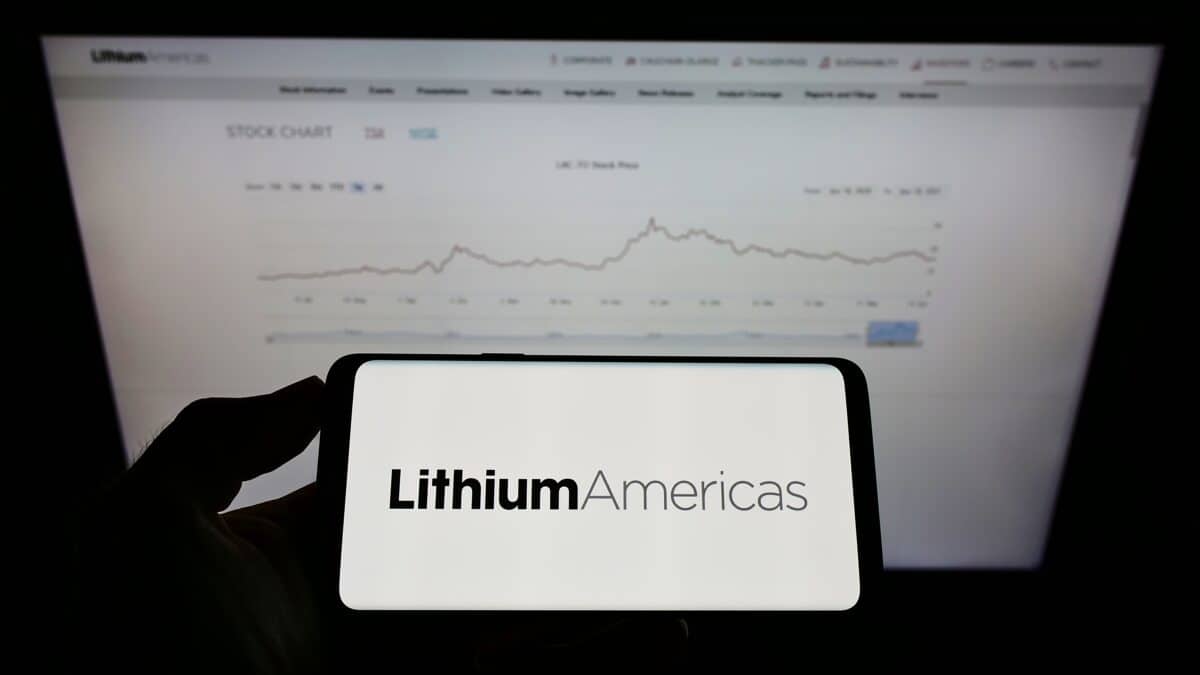
©T. Schneider/Shutterstock.com
This organization, formerly known as Western Lithium USA Corp., is a resource company divided into four divisions: Organoclay, Cauchari-Olaroz, Lithium Nevada, and Corporate. Its geographical subcategories include the United States, Germany, Canada, and Argentina.
The Company is committed to developing its lithium development projects mainly in Argentina. These developmental projects include:
- The Thacker Pass project in Nevada,
- The Caucharo-Olaroz project in Argentina,
- The Pastos Grandes project in Argentina.
Natural Resources
Regarding natural resources, Lithium Americas is one of the largest, focusing mainly on potassium, lithium, and other mineral resources in South America. The Thacker Pass deposit is the largest sedimentary lithium deposit in the United States.
The project uses cutting-edge technology to drastically cut down on carbon emissions and maximize water recycling. In addition, the proposed mining site, processing facilities, and project infrastructure aim to protect sensitive ecosystems in the Montana Rocky Mountains.
If successful, it will eliminate the United States’ need to import lithium and completely satisfy the country’s anticipated need.
9. EnerSys – Market Cap: USD 3.79 billion
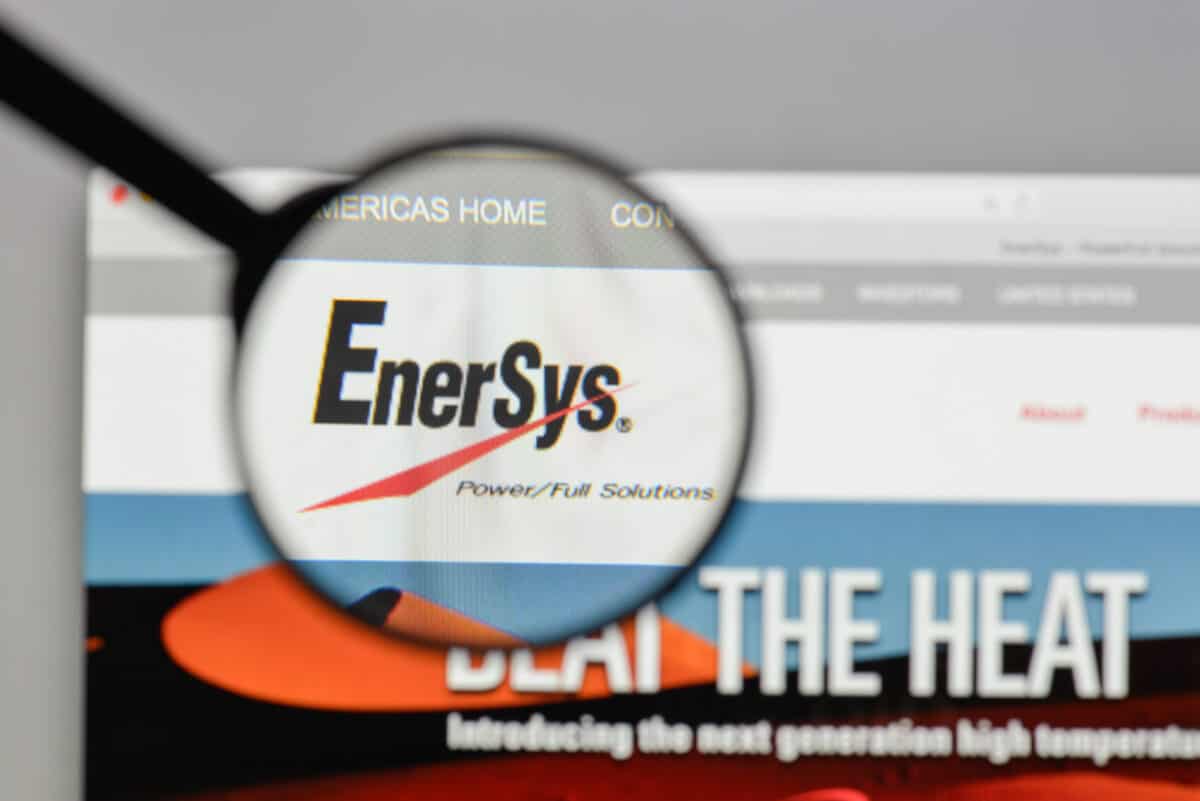
©Casimiro PT/Shutterstock.com
This company manufactures the cutting-edge lithium-ion technology used in the NexSys ion battery. Among the world’s leading manufacturers of industrial batteries, EnerSys ranks high. In fact, as the largest producer of industrial batteries, EnerSys® serves clients in more than a hundred different countries from its numerous production and assembly locations.
Reading, Pennsylvania, serves as the global and American headquarters. In addition, Zug, Switzerland, and Singapore serve as the company’s regional headquarters.
A memorandum of understanding was struck between Lithium Technology Corporation and EnerSys in July of 2021. And as a result, EnerSys became the sole distributor of Lithium products. Because of this, EnerSys will be able to increase its presence in the battery market and provide customers with a broader selection of lithium product options.
Target Markets
When it comes to building, developing, installing, and maintaining a complete stored energy system for industrial applications around the world, no one does it better than EnerSys. There are three main target markets for the company’s goods and services:
- Energy Systems (uninterruptible power supplies and utility),
- Motive Power (mining, material handling, and railway),
- Specialty.
It mines lithium and is also amongst the largest users of lithium in applications, with a focus on lithium-ion batteries. The current market value for the company is $3.79billion, making it one of the largest.
8. Livent – Market Cap: USD 4.66 billion
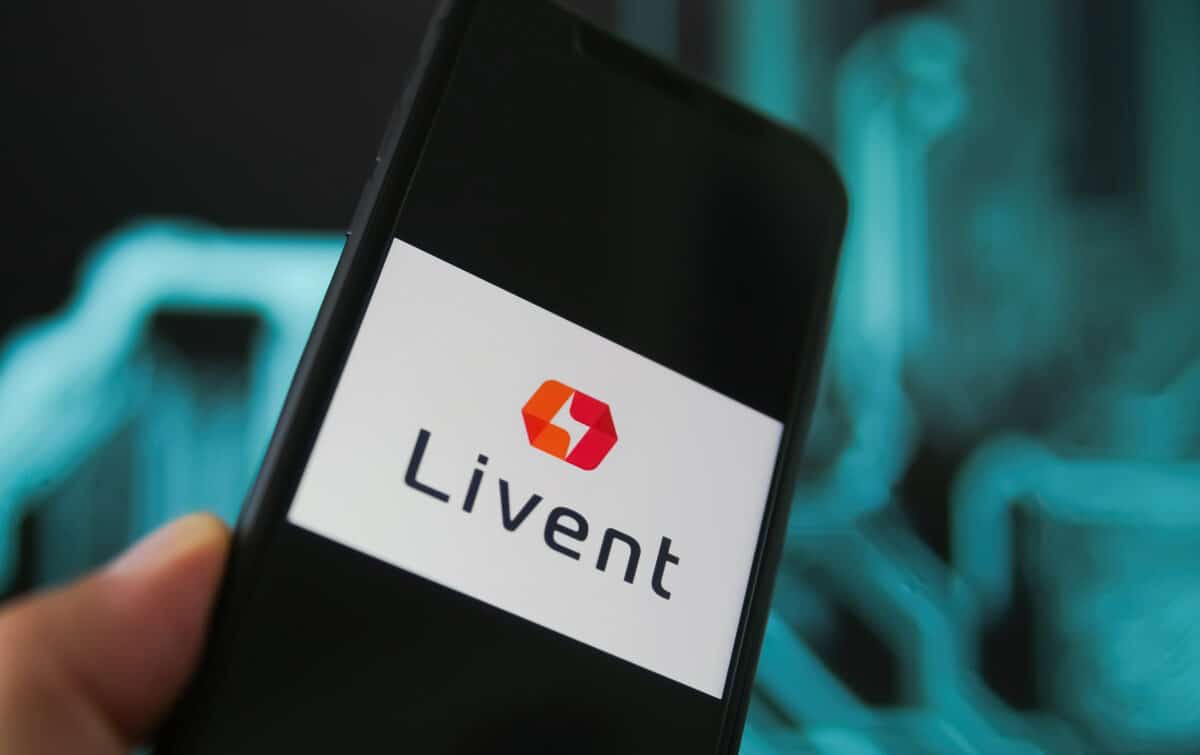
©Ralf Liebhold/Shutterstock.com
Mainly a chemical manufacturing company, Livent is focused on utilizing lithium to create new forms of energy. In order to facilitate the creation of compact, long-lasting batteries, it manufactures lithium carbonate, lithium hydroxide monohydrate, and high-purity lithium metal.
Livent has been extracting lithium from the Salar del Hombre Muerto in Argentina for almost 20 years. In fact, lithium carbonate is an essential feedstock for its lithium hydroxide manufacturing process. It also manufactures high-quality lithium hydroxide for use in batteries in both the United States and China.
Today, Livent deals in a wide range of products, including:
- Green energy,
- Modern mobility,
- Specialized innovation.
Production facilities are located in the United States, the United Kingdom, Argentina, China, and India, and the company employs more than 1,000 people worldwide.
Unique Offerings
This firm’s LIOVIX lithium metal product is unique on the market. Interestingly, the lithium metal and other components in this printable composition have the potential to greatly improve the performance of batteries while simultaneously decreasing their production costs.
Additionally, LIOVIX allows for recharge cycles, further improving the battery life. Because of this, battery makers have greater leeway in regulating the lithium content of their products, which improves overall efficiency.
Several well-known original equipment manufacturers (OEMs) and clients in the battery manufacturing industry worldwide have verified these enhancements. It is even more impressive because LIOVIX can be included in standard battery production processes with already existing machinery and methods.
Livent and General Motors entered into a long-term lithium supply agreement in July 2022, with the automaker agreeing to prepay Livent $198 million before beginning to receive shipments of lithium hydroxide in 2025.
7. Sichuan Yahua Industrial Group – Market Cap: USD 5 billion
Headquartered in Chengdu, Chinese company Sichuan Yahua Industrial Group manufactures and sells lithium hydroxide, lithium carbonate, and other lithium salt products. Its primary operations include:
- Industrial cords,
- Industrial detonators,
- Industrial explosives,
- Industrial detonators,
- and other specialized civil explosive items.
The corporation is a major provider of lithium to the Chinese market. Its facilities include a lithium hydroxide refinery with an annual capacity of 12,000 tons and a lithium carbonate refinery with an annual capacity of 6,000 tons. It is legally entitled to explore a massive lithium quarry in Asia, which has the potential to produce 180,000 tons of lithium concentrate annually.
It is worth mentioning that in December 2020, the company said it had struck a five-year contract with Tesla to supply battery-grade lithium hydroxide to the electric vehicle manufacturer. In addition, Yahua Group holds over 180 patents, including 27 innovation patents, 21 design patents, and 137 utility model patents.
6. Allkem – Market Cap: USD 5.36 billion

©T. Schneider/Shutterstock.com
Given Australia’s abundant lithium reserves, it stands to reason that an Australian company would be among the world’s top producers. Previously known as Orocobre Limited, the company changed its name to Allkem in November 2021.
Allkem was founded when Argentine-focused Orocobre and Australian-based Galaxy Resources merged for a total of AUD 4 billion. The company handles quality lithium operations in Australia, a lithium brine and borax venture in Argentina, and a hard rock project in Canada.
Major Partnerships
It handles everything through strategic alliances with companies like Jujuy Province, Prime Planet Energy & Solutions, and the Toyota Tsusho Corporation. With the help of these partners, Allkem has built a first-of-its-kind greenfield, brine-based lithium project at the Salar de Olaroz. It took 20 years to complete the project, but it will likely produce over 42,500 tons of lithium carbonate.
Allkem sticks to a vertically integrated product strategy, which is an essential factor in developing a low-carbon economy. Initiatives and programs aimed at bolstering organizational capabilities are also prioritized in order to expand commercial prospects and spur regional growth.
5. Pilbara Minerals – Market Cap: USD 6.8 billion
Pilbara Minerals is a Western Australia-based lithium and tantalite mining company with a market cap of USD 6.8 billion. Its major subsidiaries include:
- Sturt Resources,
- Tabba Tabba Tantalum,
- Pilgangoora Operations,
- and Pilbara Lithium.
The company handles all of the world’s largest hard-rock lithium operations in the Pilbara region, with most of its offerings revolving around its two processing plants:
- The Ngungaju Plant for the production of spodumene concentrate
- The Pilgan Plant for the production of spodumene and tantalite concentrates.
Spodumene
An essential means of obtaining lithium, spodumene is a mineral composed of lithium aluminum inosilicate. The company produces over 330,000 tons of spodumene concentrate only in its Pilgan Plant. The same plant has a capacity to produce about 321,000 tons of tantalite concentrate annually. At the same facility, there is a flotation and gravity circuit along with a dense media separation system.
It produces fines and coarse concentrates, which then lead to the production of the highest quality spodumene. To achieve its long-term goal of being a low-cost, environmentally responsible producer and a chemical and raw material supplier, the company relies heavily on its unique growth and diversification strategy.
Strategic Partnerships
Because of the company’s high standards and massive size, many global partners have invested in Pilbara Minerals. Some big names include Yibin Tianyi, Great Wall Motor Company, and Ganfeng Lithium.
A total of USD 155 million in cash exchanged hands when Pilbara Minerals acquired Altura Lithium in 2021. In February 2022, the company published its report highlighting its first-half profit standing at AUD 114, which is primarily due to the high demand for lithium.
4. SQM – Market Cap: USD 25.73 billion
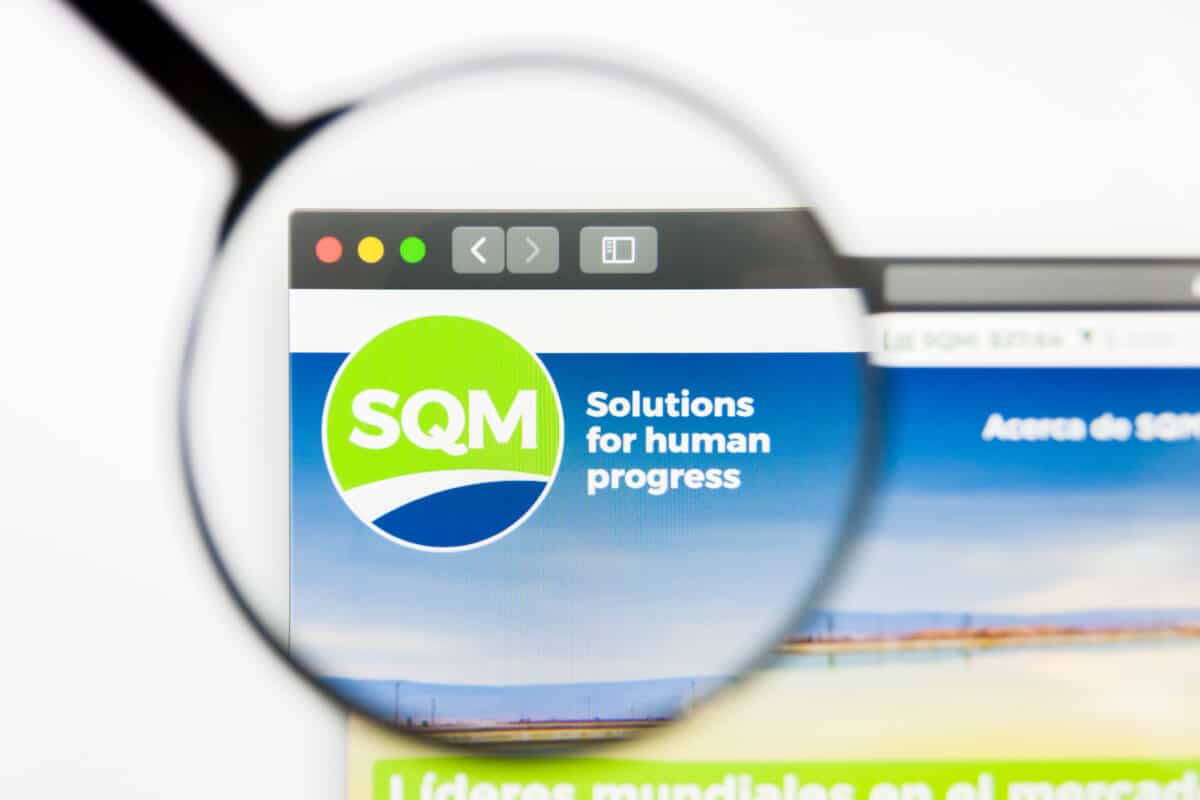
©Pavel Kapysh/Shutterstock.com
Sociedad Quimica y Minera de Chile – or SQM – is a Chilean chemical business that extracts lithium hydroxide and carbonate from the Salar de Atacama salt flats in Northern Chile. With operations in over 20 countries, SQM is among the market leaders in lithium and its derivatives. The company’s primary production facilities are situated in the Atacama Desert.
Interestingly, potassium, lithium, and specialized plant nutrition are only a few of the company’s five main product lines. It is one of the largest lithium companies with a capacity of producing 70,000 tons annually and plans to expand it further to 150,000 tons a year.
Partnerships
In terms of partnerships, the company joined forces with Lithium Americas to develop the Cauchari-Olaroz lithium project. It turned out to be the company’s first big investment in the raw material sector beyond Chile. However, Ganfeng took over a couple of years later and acquired SQM’s stake in the project.
SQM is also working with other partners outside of South America, and an important mention is the Mount Holland lithium project with Wesfarmers in Australia. Because of all these efforts, SQM expects its sales volume to cross 140,000 tons in 2022. Interestingly, only 20% of those sales are expected at set contract pricing or variable prices with different price floors and ceilings.
3. Jiangxi Ganfeng Lithium – Market Cap: USD 26 billion
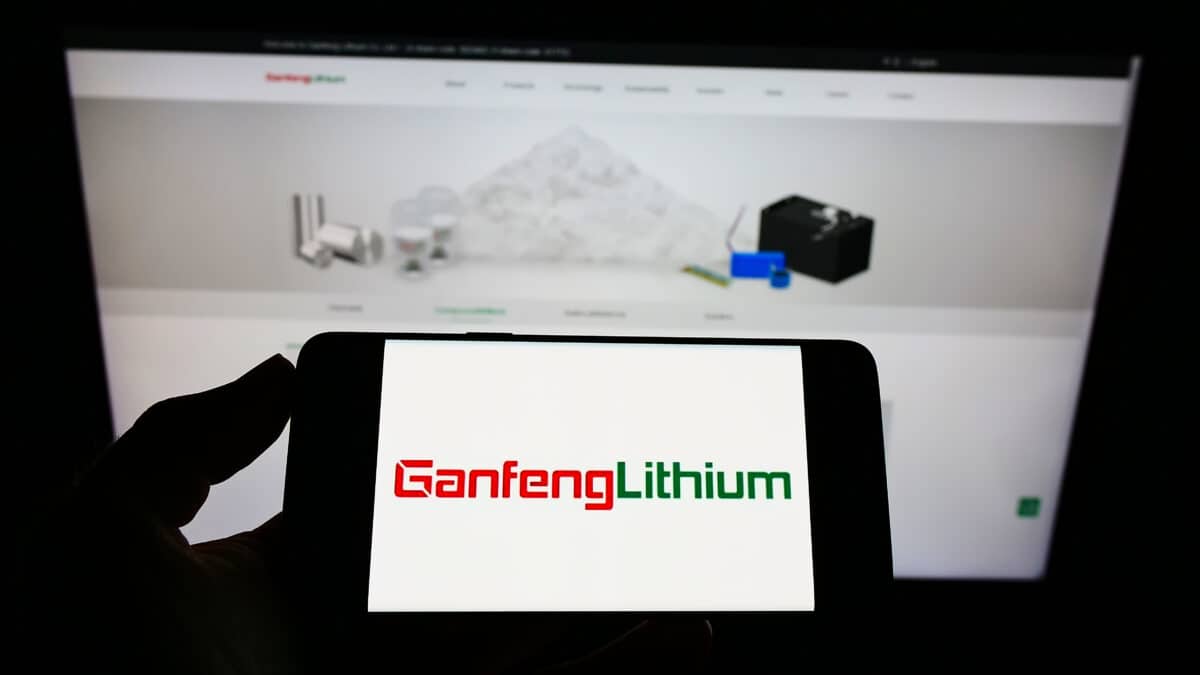
©T. Schneider/Shutterstock.com
Headquartered in China, Ganfeng Lithium Co., Ltd. is the true industry leader when it comes to lithium mining. It operates in Argentina, Australia, China, and Mexico and processes the mined ores into Lithium metal and compounds like chlorides and fluorides.
Ganfeng focuses on virtually every stage of the lithium battery industry, from research and development to production and recycling. Many different business sectors take advantage of its products. Some of those sectors include:
- Energy storage,
- Consumer durables,
- Medicines,
- Electric vehicles,
- and chemicals.
Specialized Mining
Ganfeng is the only company with proven, industrial-scale methods for getting lithium out of saltwater, rocks, and other waste products. In addition, it has the third-highest capacity for lithium compounds and is the world’s largest producer of lithium metal.
And, in an effort to reduce its carbon footprint, Ganfeng is developing multiple initiatives that harness the sun’s energy. In fact, it routinely optimizes technical ways to raise output and decrease waste. The byproducts of lithium extraction are shipped to markets such as the cement and glass sectors.
Stock Exchange
Ganfeng went public on the Hong Kong Stock Exchange in 2018, the same year it acquired SQM’s stake in the Cauchari-Olaroz project in Argentina. What’s more, the company increased its stake in the project to 51% in 2020, giving it a controlling stake in the asset.
Ganfeng focuses on striking new supply deals with large corporations, such as BMW, Tesla, Volkswagen, and LG Chem. And that is why it has a market cap of well over USD 26 billion. The company earned a revenue of $767.5m in 2019, putting it on our list of the largest lithium companies in the world.
2. Tianqi Lithium – Market Cap: USD 27.24 billion

©T. Schneider/Shutterstock.com
With a market valuation of around USD 27.24, Chinese company Tianqi Lithium is the largest in the world in terms of hard-rock lithium production. The company has holdings in resources and production in Chile, Australia, and China. In addition, it focuses on many different industry segments, including:
- Lithium resource investment,
- Advanced lithium compounds production,
- Lithium concentrates mining.
As of 2022, Tianqi has 134 patents to its name and has either led or assisted in the creation of 20 both national and industry standards. Some of its most popular industrial products include:
- Lithium carbonate,
- Lithium metal,
- Lithium monohydrate,
- Lithium chloride anhydrous.
Acquisitions
Despite competition from Rockwood Holdings, Tianqi was able to acquire Talison Lithium in 2012, becoming the sole owner of the Greenbushes mine in Australia. However, it has now sold a 49% stake in Talison to Rockwood Holdings, which is now part of Albemarle. In September 2016, Tianqi paid USD 209.6 m for a 2.1% stake in SQM, which then increased to 23.77 % for US$4.07 bn in 2018.
Tianqi controlled more than 46 percent of worldwide lithium output in 2018, and its global workforce numbered more than 1,800 people. In the first quarter report for 2021, Tianqi earned $140 million in revenues.
Struggles
It is worth mentioning that Tianqi had a rough patch because of the pandemic. In 2020, financially struggling Tianqi sold a stake in its Australian operations to IGO for USD 1.4 billion. This truly gave it the boost it needed.
So, during the second quarter of 2021, when lithium prices increased, Tianqi once again generated a profit. And in the third quarter of that year, it posted its largest quarterly profit since 2018, making it one of the strongest players in the lithium mining sector.
1. Albemarle – Market Cap: USD 28.68 billion
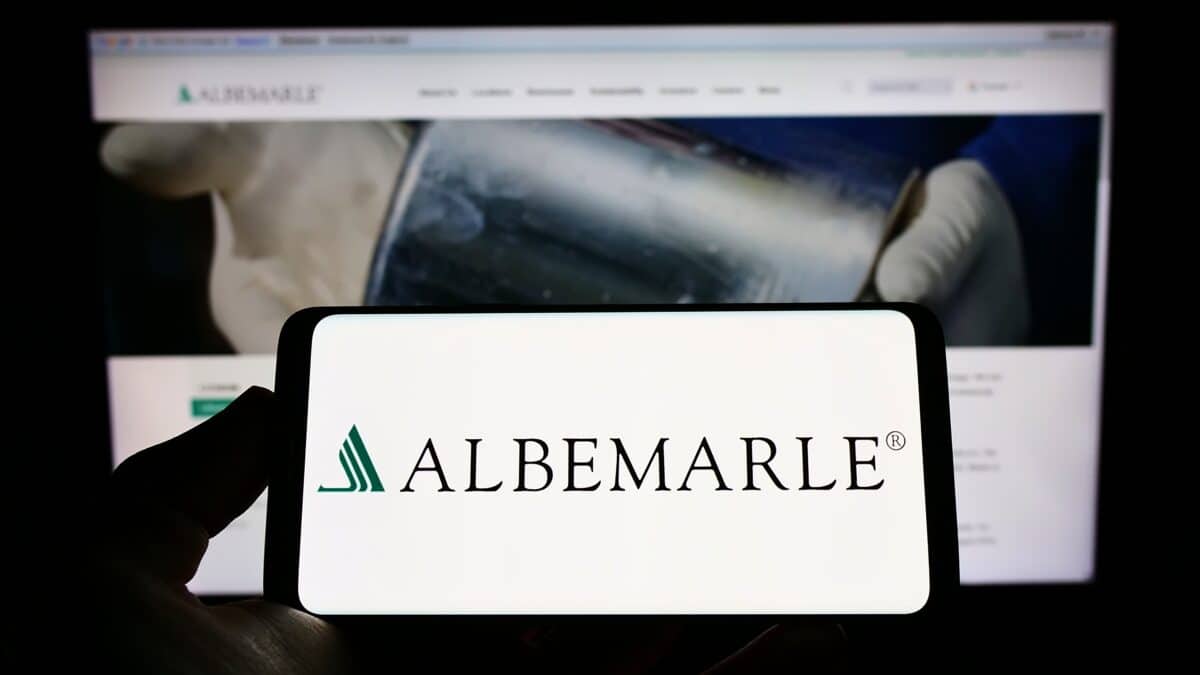
©T. Schneider/Shutterstock.com
With a workforce of 5,000 and customers in 100 countries, Albemarle is a worldwide powerhouse in the lithium industry. Albemarle also produces bromine. In addition, it offers pharmaceutical companies refining services and chemistry consulting in addition to lithium and other metals. The company deals in three categories of specialized chemicals, including:
- Bromine specialties,
- Lithium,
- Catalysts.
About 36% of the company’s revenue comes from lithium mining and supply, whereas 31% comes from bromine specialties. Albemarle creates a wide range of lithium alloys to cater to the specific needs of the lithium-battery research community and thermal battery producers. In fact, it is the largest supplier of lithium for EV battery manufacturers worldwide, covering North and South America, Australia, Europe, and Asia.
Path to Success
It offers a wide variety of lithium alloys, including lithium aluminum, mainly in the form of ultrathin lithium foils, powders, and customized lithium anodes. Albemarle became a formidable competitor in the lithium market when it acquired Rockwood Holdings in early 2015.
In addition to its 49% share in the huge hard-rock Greenbushes mine, the business controls lithium brine mining in the Clayton Valley in the US and the Salar de Atacama in Chile.
In 2018, a Chilean governmental organization, Corfo, authorized the company to increase its lithium quota. And it enabled Albemarle to produce more than 145,000 tons of lithium carbonate annually until 2043.
Later, Albemarle agreed to invest $1.15 billion into a partnership with Mineral Resources to build and manage the Wodgina hard-rock lithium mine in Australia. This truly helped Albemarle establish itself as a true industry leader in lithium production.
Up Next
- The Largest Fintech Companies In The World, And What They Do
- The 10 Largest EV Charging Companies In The World, And What They Do
- The 6 Largest EV Companies in China and What They Make Today
- The 10 Largest E-Bikes Companies In The World, And What They Do
The image featured at the top of this post is ©Juan Roballo/Shutterstock.com.


